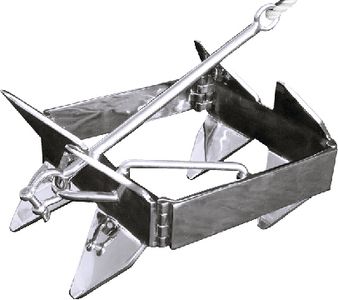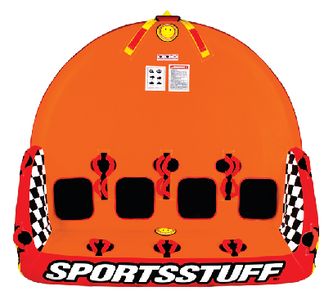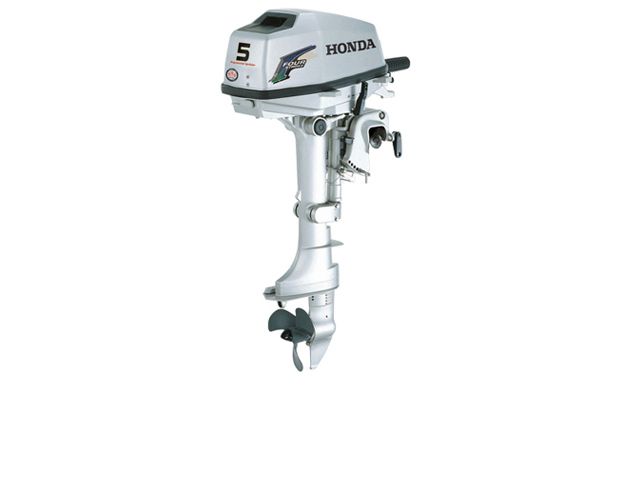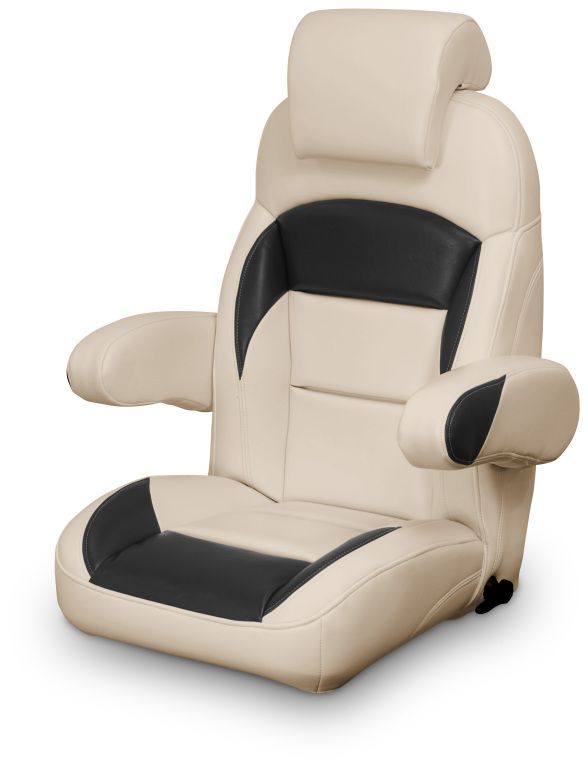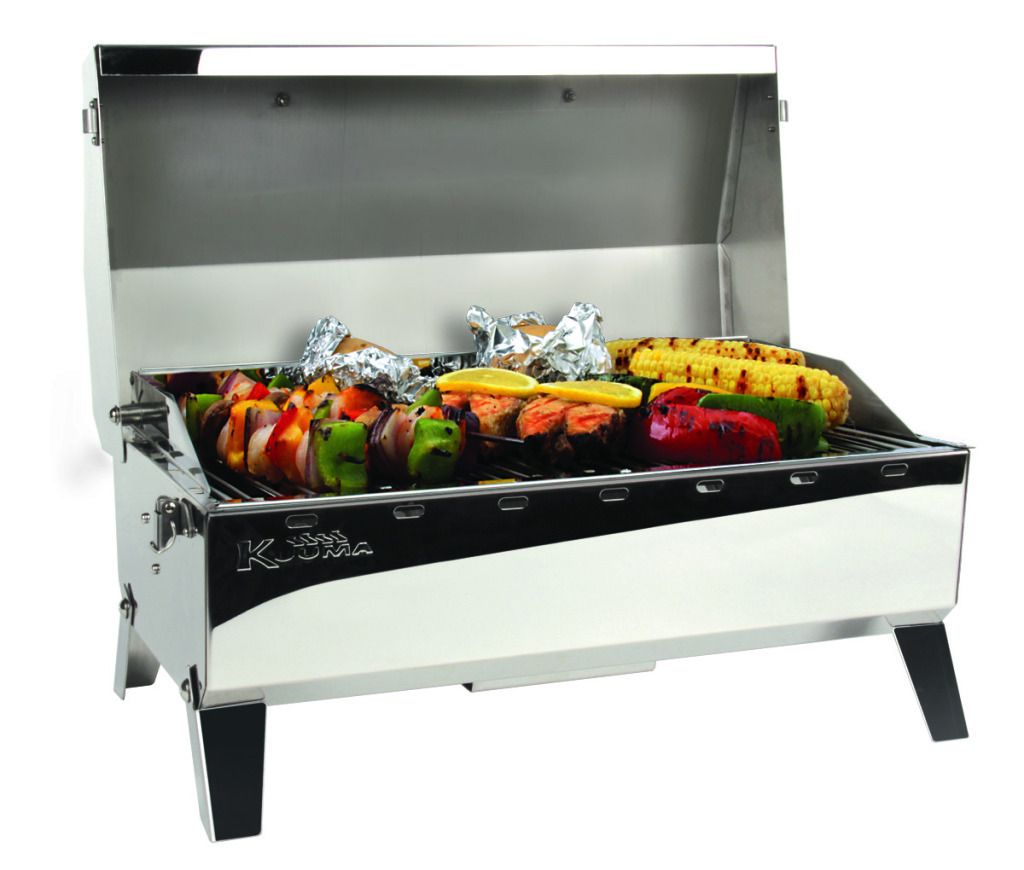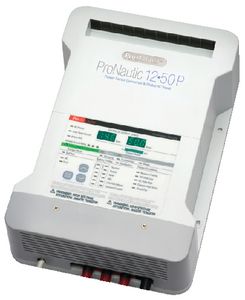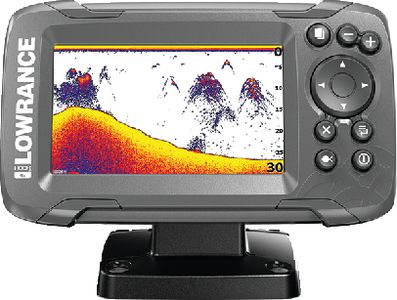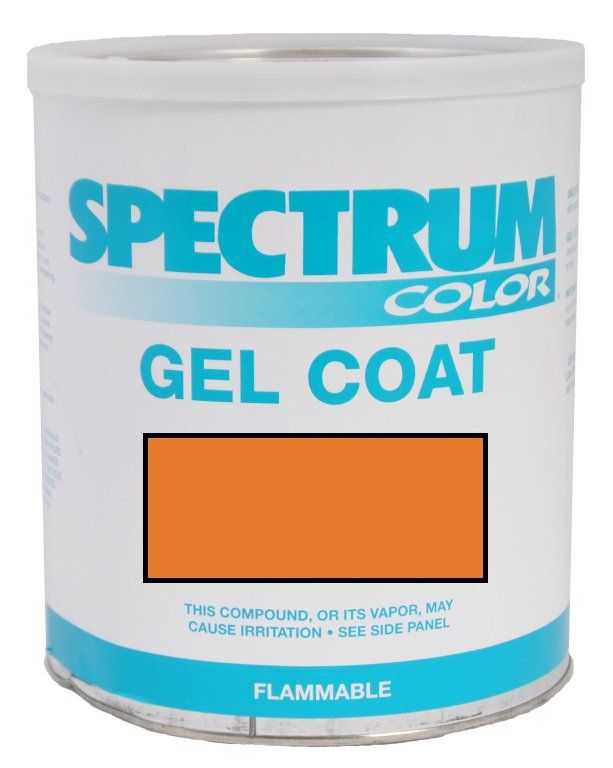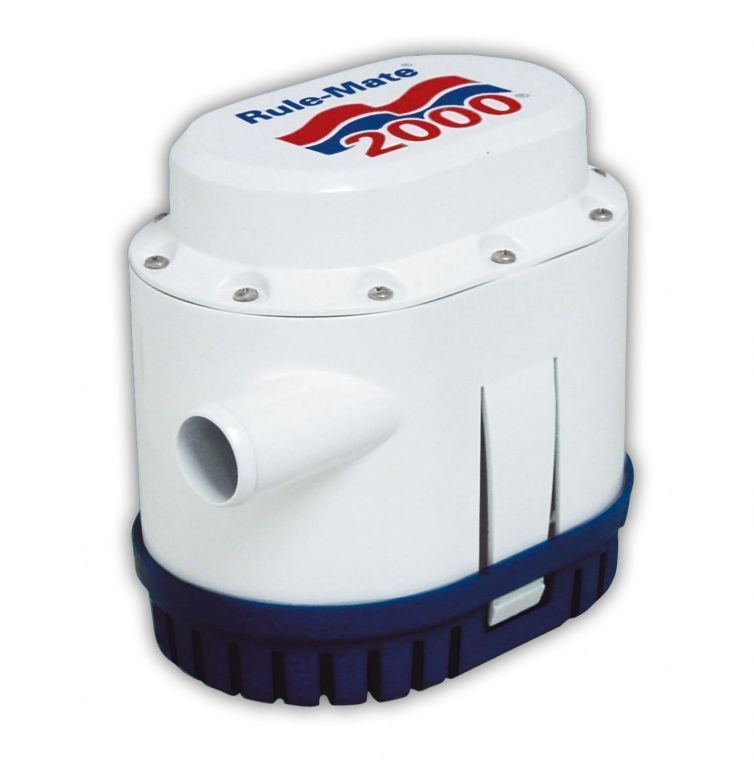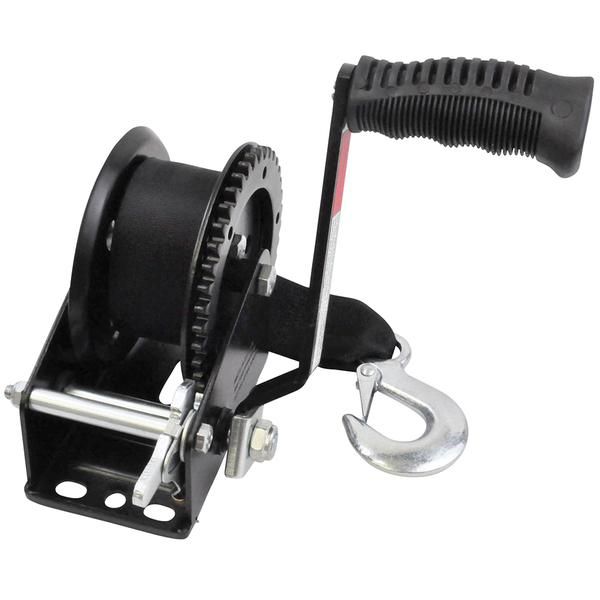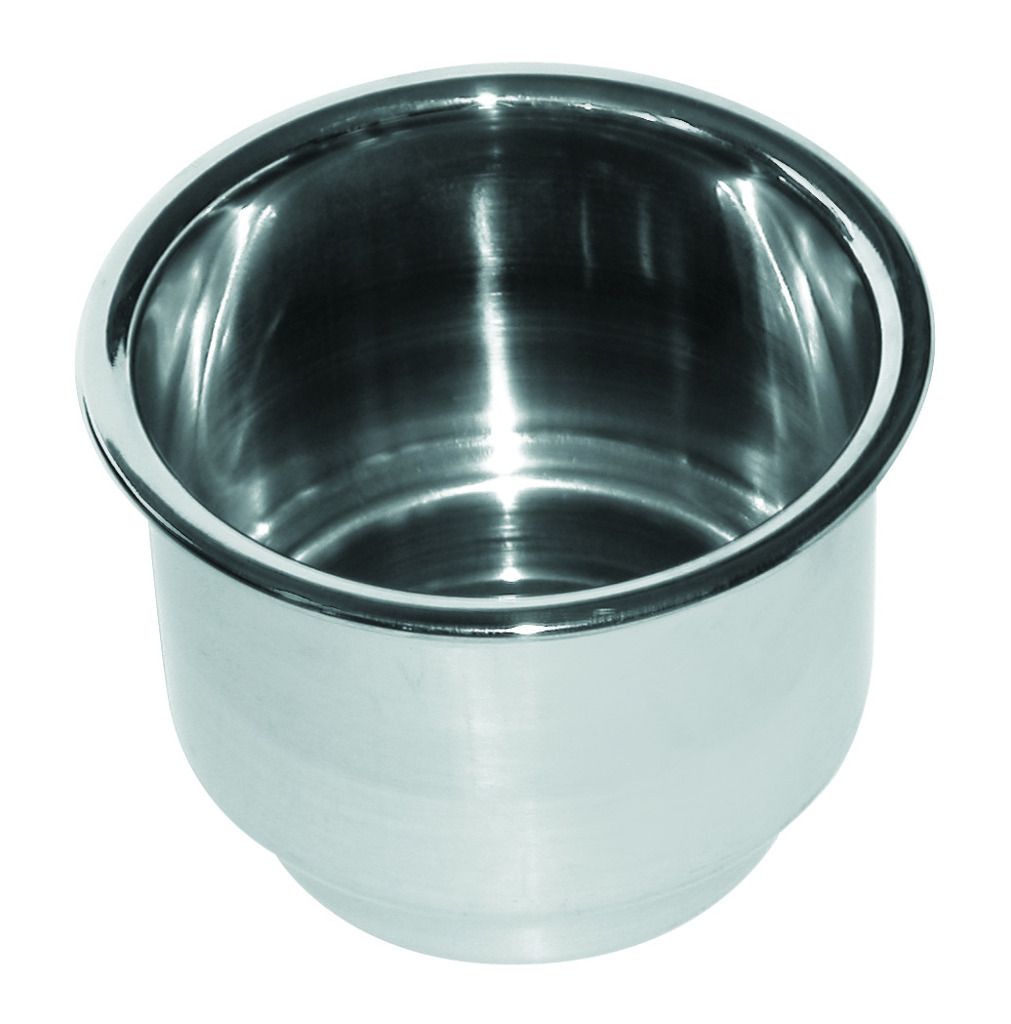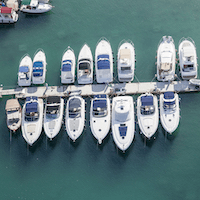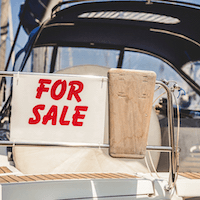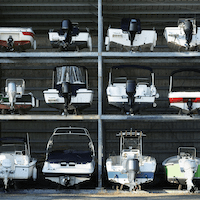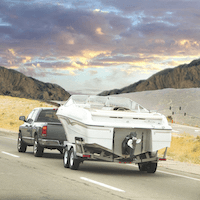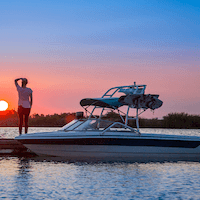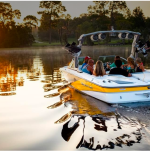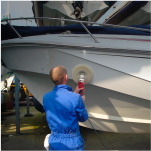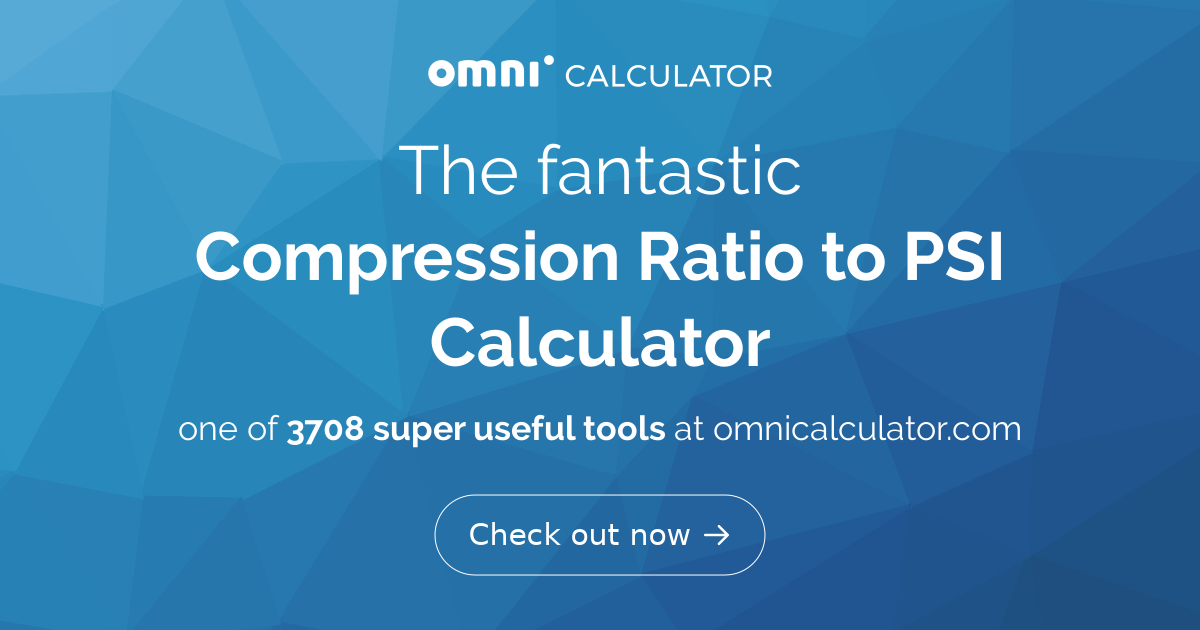New to me 2015 Bayliner 175 w/ Merc 3.0 Alpha 1 Gen 2. Prior owner put completely the wrong prop on there, boat barely gets out of the hole at WOT and only 2 passengers/no gear. The prior owner put an outboard prop on there that’s the wrong everything, flow through exhaust hub, 17 pitch, 13.75 diameter. I think he just got the cheapest one he could find.
Anyways, doing some reading it looks like the stock prop for this boat is 21 pitch, 14.25 diameter, 3 blade aluminum. I’ve also read that some folks go down to 19 pitch for better whole shot and towing sacrificing some top end of course. I’ve also read that a stainless prop won’t provide much benefit on the 3.0 motor due to the lower hp.
I’m leaning towards 19 pitch as well, plan to do more towing/skiing, but I’d like to hear y’all’s thought on specific prop brands/models? Ideally I’d like to keep the part cost under $400.
This mercruiser prop seems like it would fit the bill. But I’m not sure if there are better aftermarket brands/models in my price range. Also not too sure if 4 blade makes any real difference vs 3 blade in this application.
Anyways, doing some reading it looks like the stock prop for this boat is 21 pitch, 14.25 diameter, 3 blade aluminum. I’ve also read that some folks go down to 19 pitch for better whole shot and towing sacrificing some top end of course. I’ve also read that a stainless prop won’t provide much benefit on the 3.0 motor due to the lower hp.
I’m leaning towards 19 pitch as well, plan to do more towing/skiing, but I’d like to hear y’all’s thought on specific prop brands/models? Ideally I’d like to keep the part cost under $400.
This mercruiser prop seems like it would fit the bill. But I’m not sure if there are better aftermarket brands/models in my price range. Also not too sure if 4 blade makes any real difference vs 3 blade in this application.

